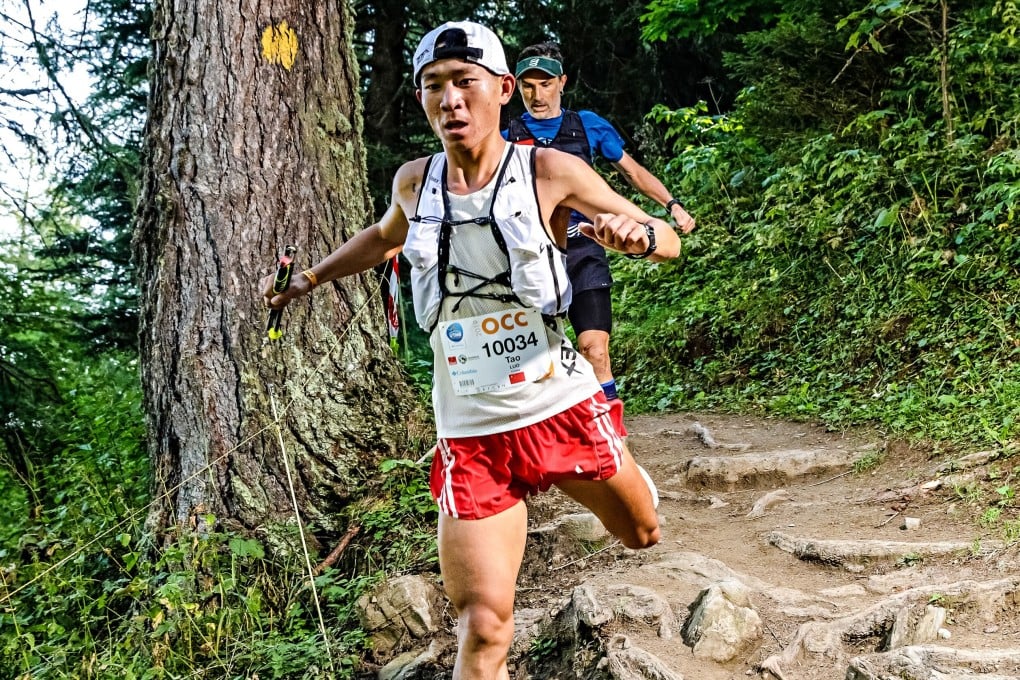How to improve your running on technical terrain for your next trail or ultra race
- Improving your technique and confidence on technical terrain can knock huge amounts off your race time and reduce your chance of injury too

Trail running is a rugged and tough sport that puts strain on your body and joints like few other activities do. So it’s important you have your conditioning and mindset right before charging out into the mountains. Nowhere is this more true than on technical terrain, like jagged rocks, gravel paths, steep cliffs, slippy or muddy slopes and any other off-road surface that springs to mind.
Here are a few tips to improve your technical terrain running.
Practice is for you mind and body
If you intend to run a technical trail race, make sure you practice on technical terrain. Horses for courses. Start slow, or you risk injury. And importantly, start with short training sessions and extend your time on the trails as you improve.
Practising on technical trails will strengthen the small stabilising muscles, and physically you will get better at it. But more importantly, technical terrain requires high degrees of concentration. Mental energy is finite, just like your physical capacity, so the more you practice the longer your will be able to maintain your focus on race day, keep your speed high and avoid injuries.
Single leg training